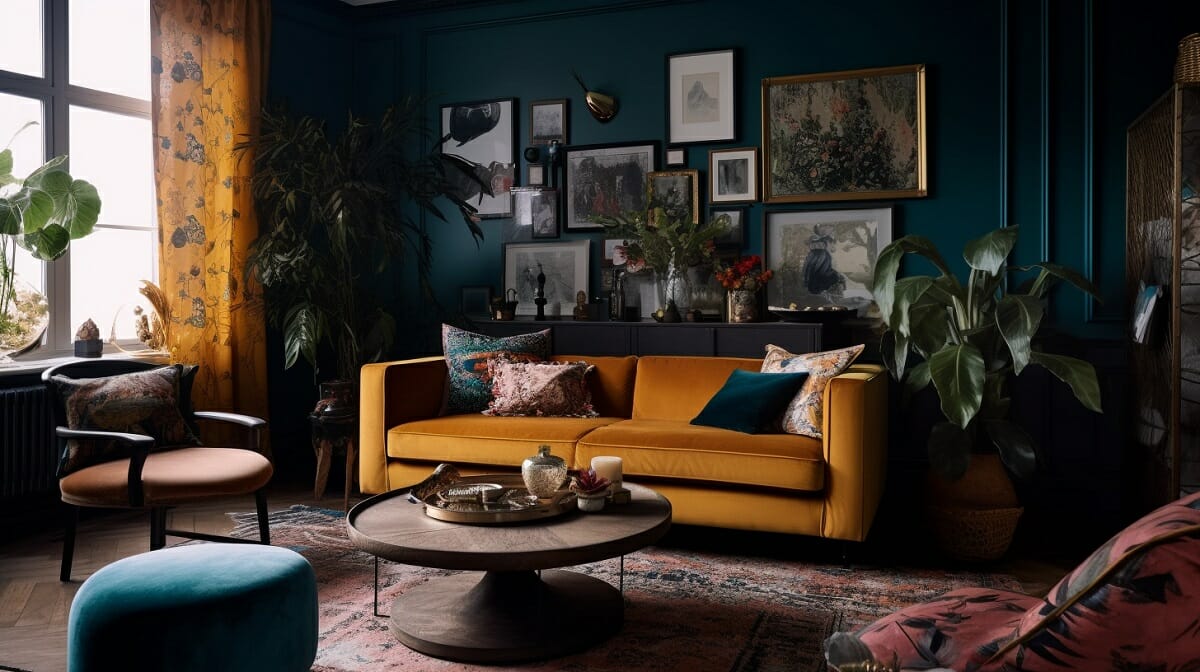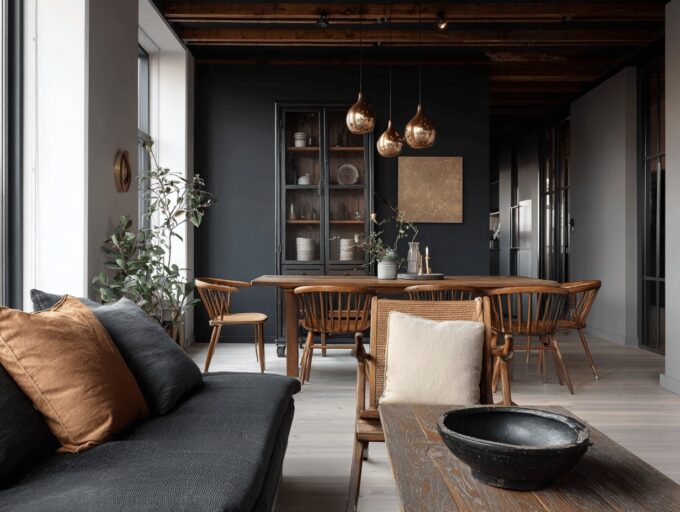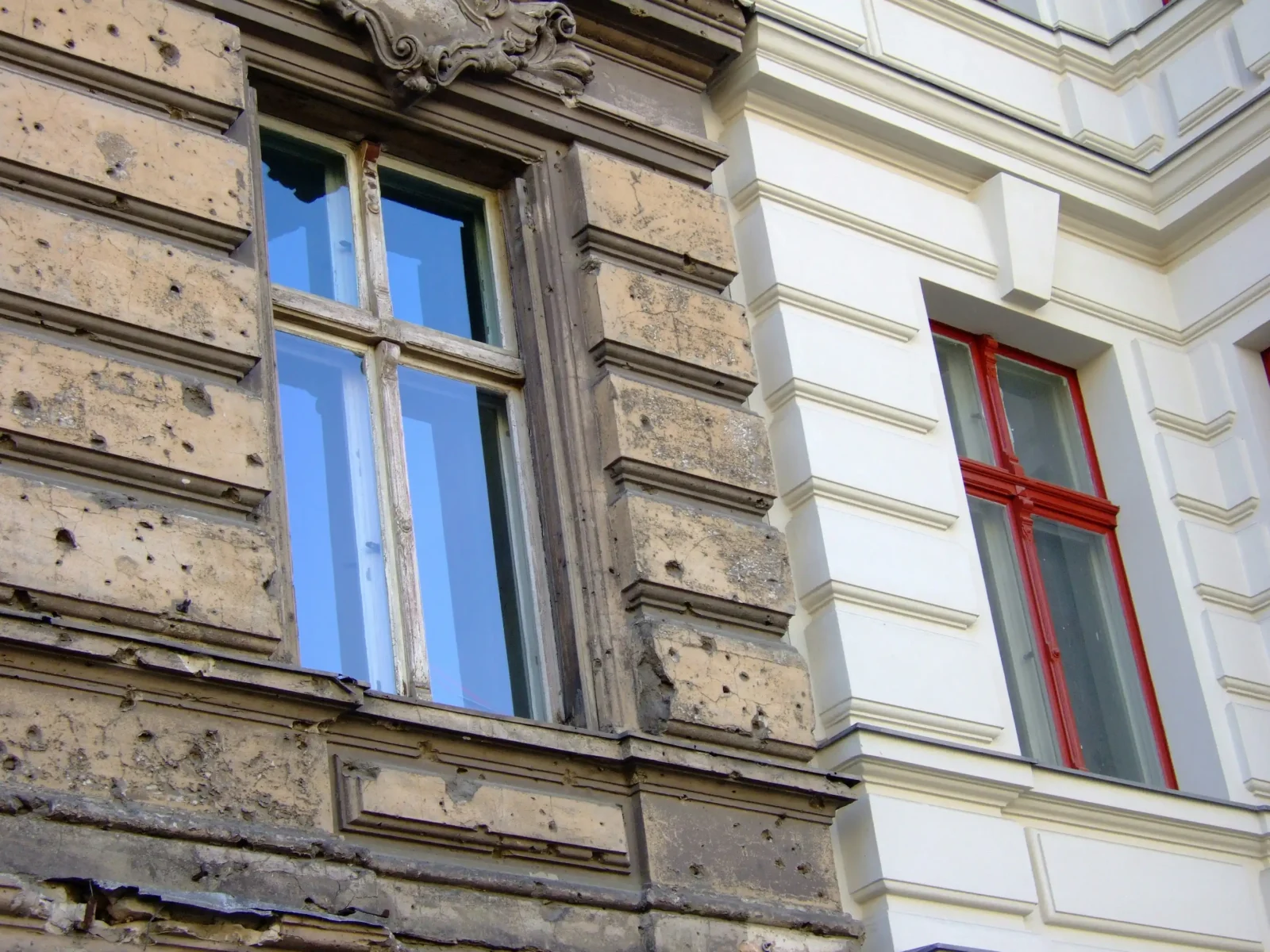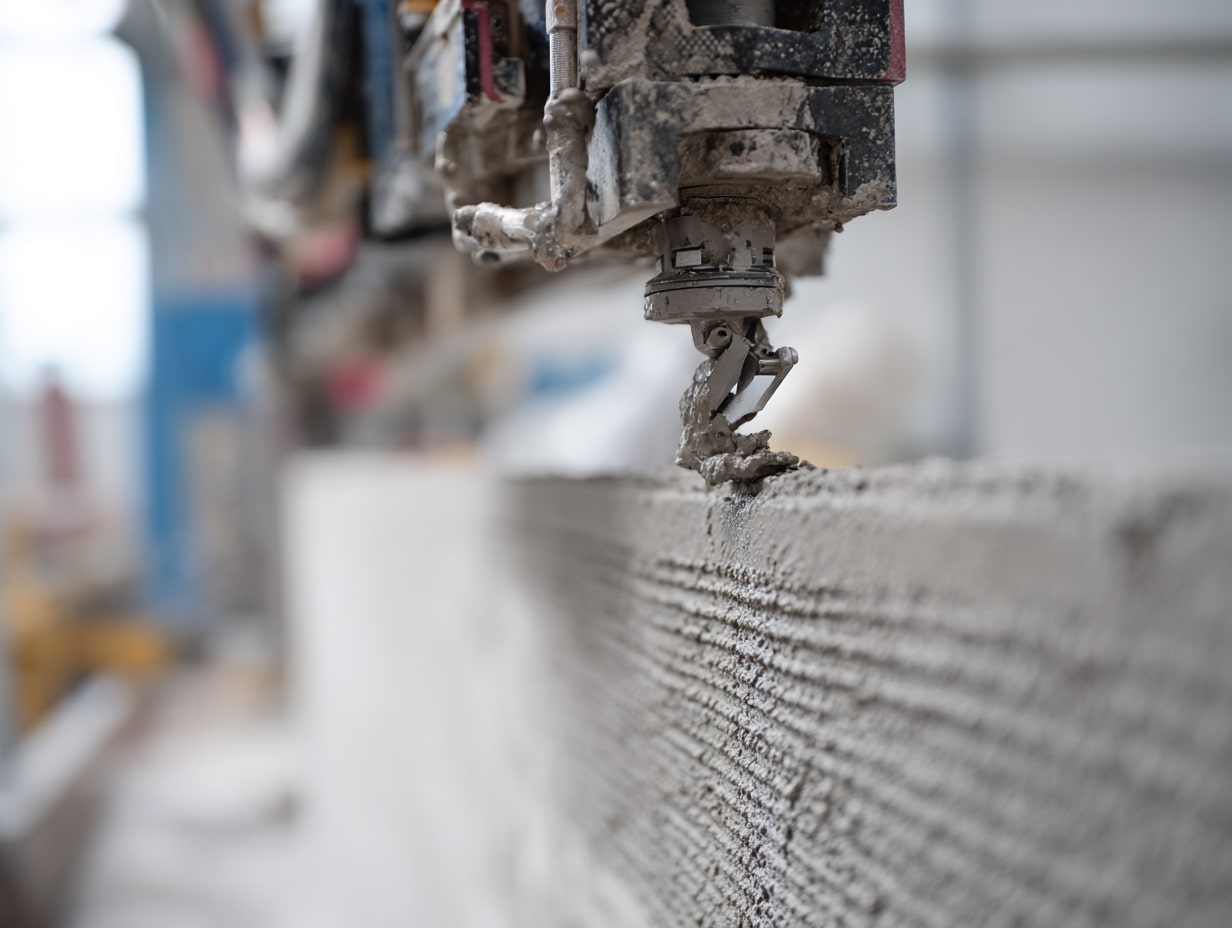- Home
- Articles
- Architectural Portfolio
- Architectral Presentation
- Inspirational Stories
- Architecture News
- Visualization
- BIM Industry
- Facade Design
- Parametric Design
- Career
- Landscape Architecture
- Construction
- Artificial Intelligence
- Sketching
- Design Softwares
- Diagrams
- Writing
- Architectural Tips
- Sustainability
- Courses
- Concept
- Technology
- History & Heritage
- Future of Architecture
- Guides & How-To
- Art & Culture
- Projects
- Interior Design
- Competitions
- Jobs
- Store
- Tools
- More
- Home
- Articles
- Architectural Portfolio
- Architectral Presentation
- Inspirational Stories
- Architecture News
- Visualization
- BIM Industry
- Facade Design
- Parametric Design
- Career
- Landscape Architecture
- Construction
- Artificial Intelligence
- Sketching
- Design Softwares
- Diagrams
- Writing
- Architectural Tips
- Sustainability
- Courses
- Concept
- Technology
- History & Heritage
- Future of Architecture
- Guides & How-To
- Art & Culture
- Projects
- Interior Design
- Competitions
- Jobs
- Store
- Tools
- More
Maximalist or Minimalist: Design Alternatives for Homes

In the realm of interior design, maximalist and minimalist aesthetics stand as two contrasting philosophies that create distinctive living spaces. Although they exist on opposite ends of the design spectrum, both have their own unique charm and allure. Let’s delve into these two design alternatives to better understand what they might bring to your home.
Understanding Minimalism
Minimalism, a style that gained popularity during the 20th century, embraces simplicity in form, color, and function. It is predicated on the ‘less is more’ concept, focusing on what is necessary and discarding what is not.
A minimalist design is all about creating a calm, serene, and uncluttered space. Colors are typically neutral, with whites, beiges, grays, and blacks dominating the palette. The furniture is streamlined and functional, devoid of unnecessary ornamentation. Every piece has a purpose and there are no extraneous items. In this realm, Amish-made furniture stands out as a prime example of minimalist design, its straightforward craftsmanship and focus on utility aligning perfectly with the minimalist ethos.
The aesthetics of a minimalist home are uncomplicated yet captivating, presenting an uncluttered space that oozes tranquility. It fosters an environment that facilitates clear thought and relaxation, unburdened by the weight of superfluous possessions. For many, this design offers a respite from the visually noisy and chaotic outside world, becoming a haven of peace and simplicity.

Exploring Unique Décor Alternatives
As we navigate the journey of home decorating, it’s also exciting to consider other unique and personalized alternatives. One such option can be incorporating the use of DIY pieces, which bring a sense of warmth, originality, and creativity to your space. Particularly, if we consider an artwork by number kits. These kits provide a blend of guided creativity and personal expression, enabling you to create pieces that align perfectly with either your maximalist or minimalist design. Moreover, these kits can be a therapeutic exercise, adding not just aesthetic value, but also a sense of personal fulfillment to your home. In essence, they infuse your space with a delightful combination of creativity and individualistic charm.
Embracing Maximalism
Maximalism, on the other hand, is the extravagant counterpart to minimalism. It’s a style that celebrates richness and excess, subscribing to the ‘more is more’ mantra.
In a maximalist home, bold colors and patterns coexist harmoniously. Textures are layered, and different materials and styles are mixed freely. Walls may be adorned with eclectic artwork, mirrors, and ornate pieces. Accessories, trinkets, and collectibles, each telling a story, are sprinkled throughout the space, creating an environment that sparks conversation and stimulates the senses.
Maximalism revels in its celebration of individuality and creativity. A maximalist home reflects the owner’s personality, memories, and experiences. It’s a sensory delight, filled with interesting nooks and corners that capture the imagination and invite exploration. Although it might seem chaotic to some, for those who love it, maximalism is an enchanting medley of life’s treasures.

Maximalist or Minimalist: Which is Right for You?
When deciding between maximalist or minimalist design for your home, it’s crucial to understand that there is no one-size-fits-all answer. What works for one person may not work for another. It’s about personal taste, lifestyle, and how you want your home to feel.
If you’re someone who values order, simplicity, and open spaces, or if you find peace in understated beauty and uncomplicated designs, minimalism may be the right choice for you. Minimalist homes often evoke a sense of tranquility, clarity, and freedom from clutter—both physical and visual.
Conversely, if you love expressing yourself through your surroundings, if you have a penchant for bold colors, rich textures, and unique collectibles, or if you want your home to feel like a dynamic work of art, then maximalism might be your style. A maximalist space is vibrant, lively, and offers endless stimuli that reflect the homeowner’s personality.
The minimalist and maximalist aesthetics offer two different visions of home. One thrives on simplicity and order, creating a peaceful, calm environment. The other revels in richness and variety, creating a space that’s bursting with life and personality.
Ultimately, the choice between maximalist or minimalist design should be guided by your personal taste and lifestyle. Regardless of the approach you choose, remember that your home should be a space where you feel most comfortable, a place that genuinely reflects who you are.
Whether you’re a minimalist or a maximalist, there are several excellent design magazines that can provide inspiration, guidance, and expert advice for your home decor. Here are a few suggestions:

-For Minimalist Decor
Dwell: Known for its sleek and modern design aesthetic, Dwell is an excellent source of minimalist design inspiration. The magazine covers both interior and exterior design, often featuring homes with clean lines, simple color palettes, and functional design elements.
Kinfolk: This lifestyle magazine is recognized for its calm and minimalist aesthetic. While it is not solely a design publication, its home tours, and lifestyle articles often reflect a minimalist ethos, making it a great source of inspiration.
Elle Decoration UK: With a minimalist and sophisticated design style, this magazine showcases beautiful homes and apartments from around the world. Its emphasis on simplicity and elegance aligns well with minimalist decor preferences.
Cereal: This UK-based magazine is revered for its minimalist design and gorgeous photography. It features articles on travel, style, and interior design, all presented with a focus on simplicity and quality over quantity.

-For Maximalist Decor
Architectural Digest: While not exclusively maximalist, Architectural Digest features a wide variety of homes, many of which lean towards the maximalist end of the design spectrum. The magazine offers readers a peek into the homes of designers and celebrities, often filled with rich textures, vibrant colors, and diverse styles.
World of Interiors: This British magazine is known for its lavish spreads of eclectic homes. The blend of historical and contemporary design often results in a maximalist aesthetic that will provide plenty of inspiration.
House Beautiful: This long-running magazine often features homes with maximalist elements, such as bold color schemes, layered patterns, and unique collectibles. House Beautiful believes in the power of a beautiful home to inspire and delight, a concept that maximalists can certainly get behind.

Submit your architectural projects
Follow these steps for submission your project. Submission FormLatest Posts
How Much Time Does It Take to Install Impact-Resistant Windows and Doors
Introduction Upgrading your home’s windows and doors can feel like a big...
How to Furnish Your New Home in 24 Hours (Without Picking Up a Screwdriver)
The keys have been handed over. The lease is signed. You are...
3D Printed Homes: Time, Cost, and What to Expect
3D printed homes explained: realistic timelines (24–72h walls, 8–16 weeks total), true...
How a Contact Centre Boosts Trust in Your Building Business
In construction, trust is the glue that holds projects together. Clients need...












Leave a comment